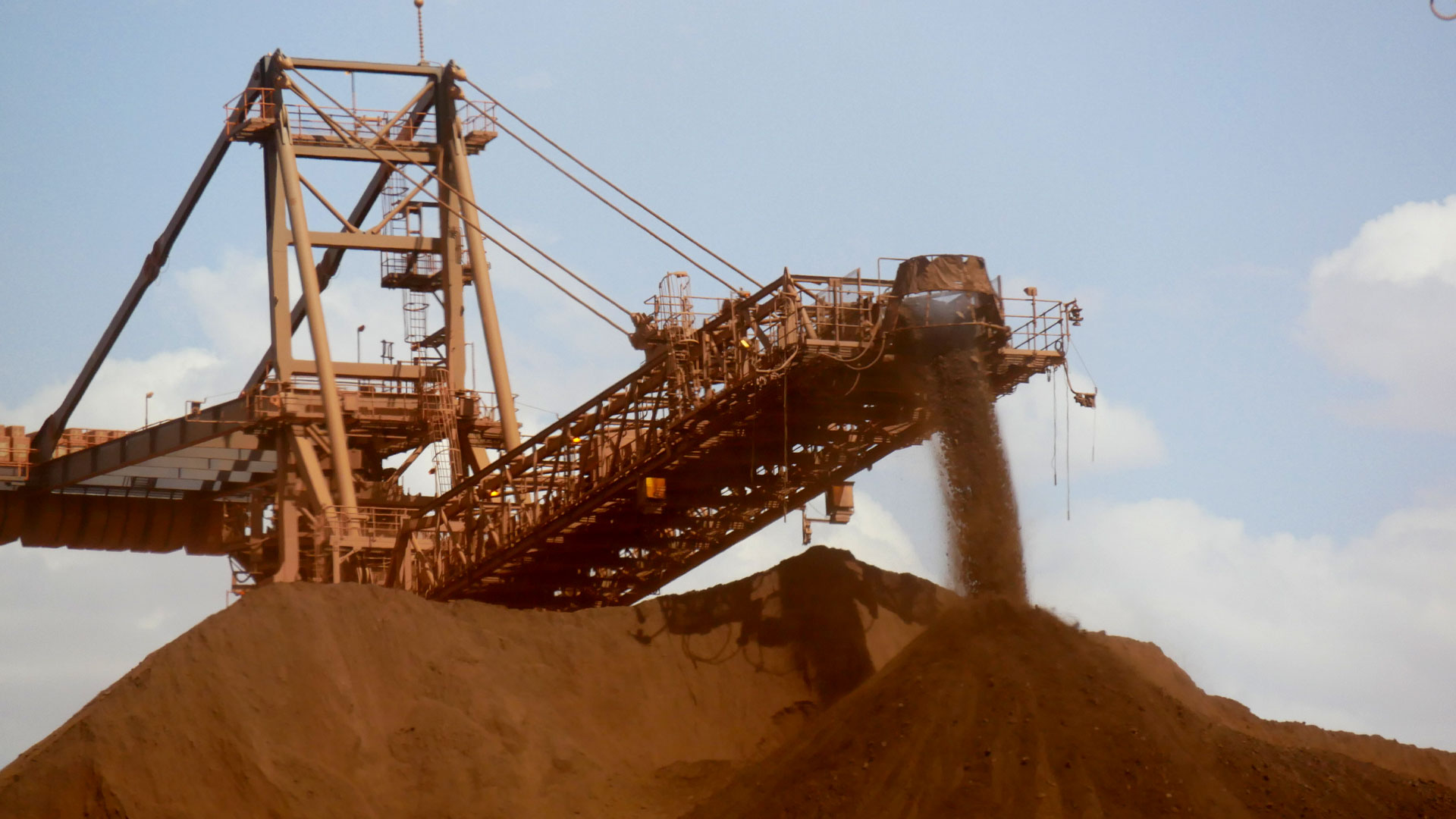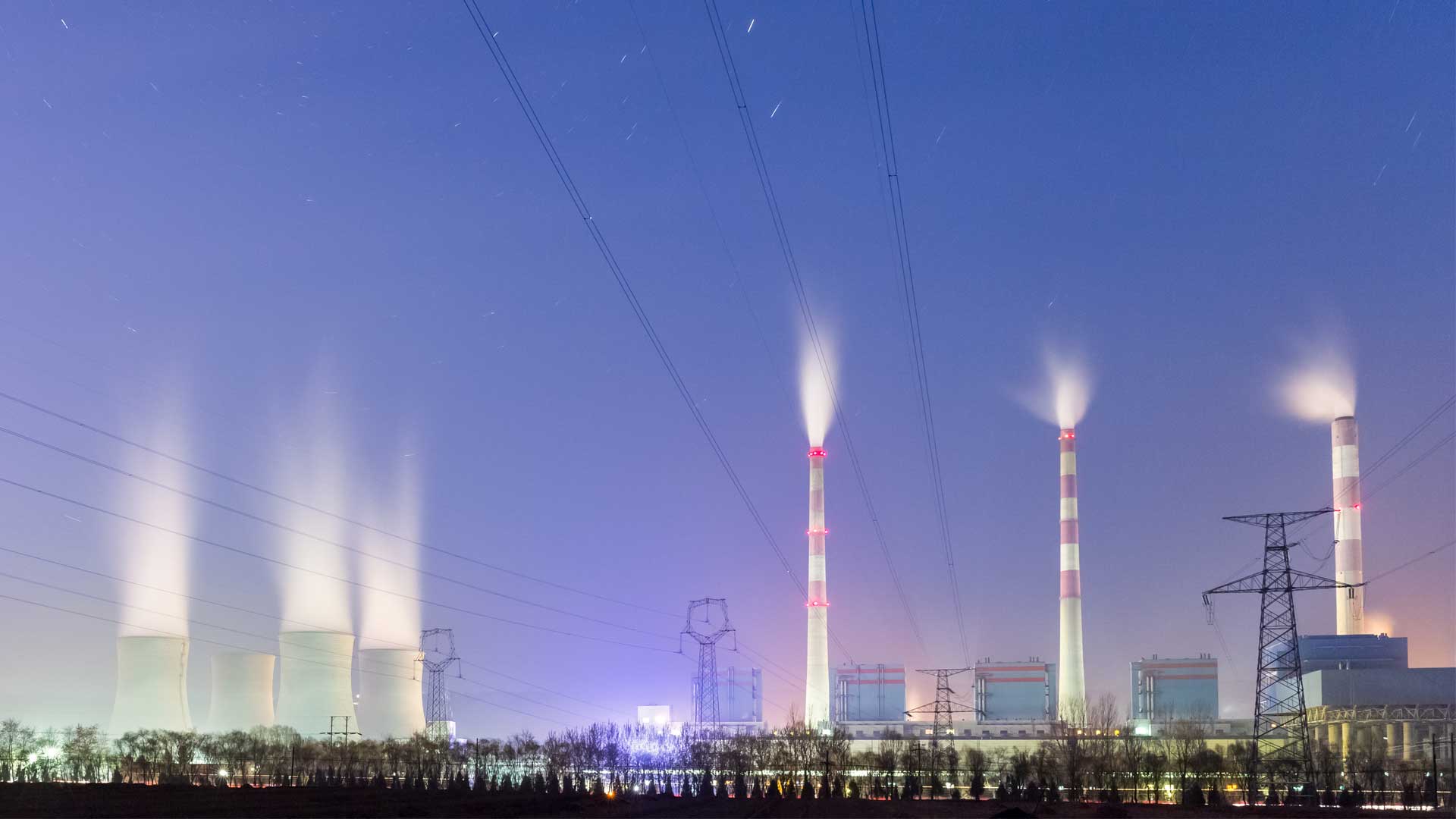New national data showing significant growth in the investment pipeline for mining and resources projects is further evidence of the sector’s stronger long-term outlook, the Chamber of Minerals and Energy of Western Australia (CME) says.
The Office of the Chief Economist’s latest annual report ‘Resources and Energy Major Projects’ found the value of committed projects had increased by 30 per cent over the past year to $39 billion, suggesting “investment in Australia’s resources projects has entered a new growth cycle.” It was the first increase in committed projects for six years.
The total number of resources and energy major development projects increased by 19 per cent to 335 projects, while the value of projects in the investment pipeline increased by 4 per cent to $334 million.
CME Chief Executive Paul Everingham said the data underscored the crucial role the WA resources sector played in supporting the state and national economies.
“The data shows almost 60 per cent of projects at the completed or committed stage are located in Western Australia [37 out of 62],” Mr Everingham said.
“Nationally, the potential pipeline of projects (announced, feasible and committed) is estimated to create at least 20,000 construction jobs and more than 7,000 ongoing operational jobs – with many of these employment opportunities located here in WA.
“The growth in committed projects speaks to the high level of confidence global companies have to invest in iron ore, gold, oil and gas, battery materials and other projects in WA.”
However, the report also notes the impact of uncertain market conditions with 64 per cent of the identified projects in the report classified as ‘unlikely’ or ‘possible’, while just over a third were rated as ‘likely’ and ‘committed’.
Particularly in the wake of COVID-19, this reinforces the need for the Australian and WA governments to remain focused on providing stable settings to attract new investments and sustain existing ones, including commitments to no new or increases in royalties and taxes, and continued progress on regulatory streamlining reforms. As the economy recovers, reducing the regulatory and compliance burden of doing business will improve productivity for both government and industry.
Positively, the report identified a surge in investment in battery technology-related projects featuring commodities such as nickel, cobalt, rare earths and lithium. There are now 60 projects in the battery commodity space – many of them in WA – with a total value of $26 billion. With WA ranked in the top five global producers for lithium, cobalt, rare earths and nickel, the opportunity for attracting global investment is significant.
Meanwhile, WA iron ore projects continue to be a vital part of the investment pipeline. All four committed iron ore projects are in WA (valued at $7.4 billion), as well as nine of the 12 projects at feasibility stage (valued up to $16 billion) and 10 of the 15 publicly announced projects (valued up to $14 billion).
The report also highlighted an uptick in gold projects and Western Australia’s prominent role in that commodity. Eight of Australia’s 15 committed gold projects are in WA, along with 11 of the 17 gold projects at feasibility stage and three of the five gold projects publicly announced. Gold exploration also made up more than 40 per cent of Australia’s total exploration expenditure – mirroring WA Government data from September that found interest in gold had driven a large increase in exploration applications.
“This is a buoyant time for WA’s gold producers and there is significant optimism that strong gold prices will continue into the near future,” Mr Everingham said.




